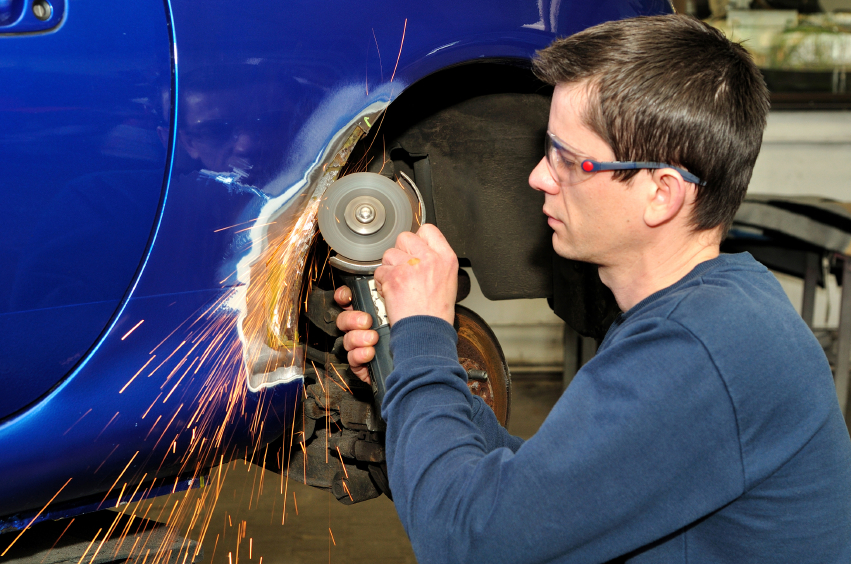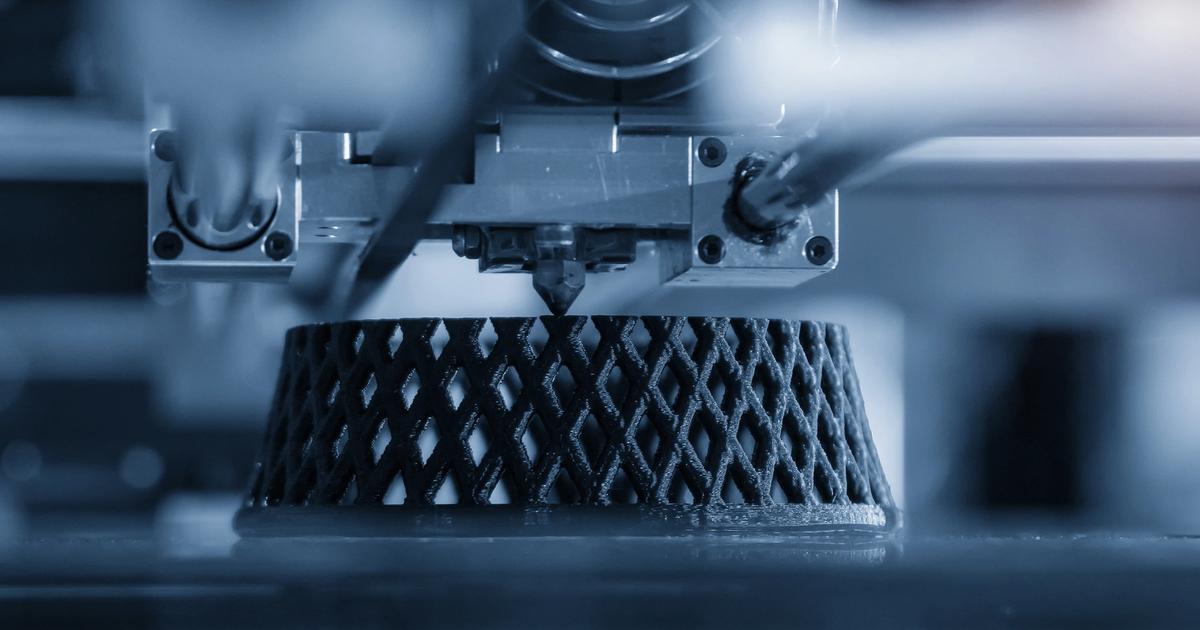Auto Body is more than just repairing dents and painting. It also includes repairing the underlying structure of the car.
After obtaining insurance approval, technicians begin the repair process by conducting a detailed damage assessment. Then they begin restoring the visible areas of the vehicle. Once completed, the vehicle undergoes rigorous quality control checks and a final inspection. Click the https://www.juanitosautobody.com/ to learn more.

Whether repairing scratches or refinishing an entire car, painting is a critical step in auto body repair. Skilled technicians clean and prep the surface before applying layers of paint to match the original color, then a clear coat for protection. Auto body painting is a delicate process, requiring precision and artistry to achieve a flawless finish.
As an automotive body and paint technician, you will have the skills to work with a wide range of materials. A thorough understanding of how each material works can help you make informed decisions about which products to use and when. You should also have a good grasp of safety protocols, as many of your tools and processes generate hazardous waste.
Paint Mixing and Matching
To ensure a perfect color match, you will need to know how to properly mix paint and use the proper equipment for application. You will also need to understand the different types of paint and their properties, as well as how to apply them to a variety of surfaces. You should be able to identify the differences between enamel and water-based paints, and you should be familiar with different techniques for achieving smooth and even finishes.
Refinishing
A refinish is the final stage in an auto body repair job, when you will use various paint brushes and spray equipment to paint your repaired or replaced vehicle parts. This is the final opportunity to make sure everything looks as it should, and that the finish matches the rest of the vehicle’s exterior. It is important to have a keen attention to detail in this stage, as even the slightest flaws can stand out and distract from your work.
Wet sanding and buffing will remove any imperfections before the clear coat is applied. This process also helps to protect the new paint from damage, including fading from UV light exposure.
Sometimes, a collision or other incident may require you to replace an entire auto body panel like the bumper, hood, or door. In these cases, you will need to dismantle the damaged section of the vehicle and weld in new replacement panels. Quality replacements will be inspected for structural integrity and other hidden damage before being painted and refinished to hide any evidence of the original damage.
Reassembly
In the reassembly phase, technicians put the finishing touches on your vehicle. They will reinstall the repaired or replaced parts and then conduct another thorough quality control inspection to ensure that everything meets their high standards before your car leaves their shop. You can be sure that your car will be in excellent condition and ready to drive when it is returned to you by an experienced Seattle auto body repair shop.
Getting into a collision can be an incredibly scary and overwhelming experience. However, there are some things you can do to prepare yourself for what’s ahead. One of the best ways to do this is by learning as much as you can about the collision repair process. This will help you to understand what to expect, which can alleviate some of the stress and anxiety that comes with an accident.
One of the most important parts of any auto body repair is assessing the damage and developing a comprehensive repair plan. This can involve closely examining the visible damage and in some cases disassembling parts to uncover any hidden problems. The information gathered during this stage will serve as the basis for the final repair estimate and the work that needs to be done.
Once the repair estimate has been approved by the insurance company, the auto body shop can start to order any replacement parts that are needed. This process can take some time and can add to the overall timeline for completing the repairs.
After the parts have been ordered, the body shop will begin the reassembling process. They will reattach the finished moldings, trim pieces, and accessories, and then test all of the mechanical, electrical, and safety features of your vehicle. During this phase, your Seattle auto body repair shop will also wash and clean the car to remove any dirt or dust that was accumulated during the repair process.
As a result, it is vital to find an auto body shop that can provide a quick and efficient turn around. A good shop will have a system in place that allows them to move cars efficiently from department to department to reduce wait times and maximize their productivity. This is why it’s important to read reviews and testimonials from past customers before choosing an auto body shop.
Quality Control
Oftentimes, people misunderstand the role of quality control. They may believe that it is simply an inspection conducted after a repair to ensure everything looks good before the vehicle leaves the shop. In reality, however, quality control is much more than that. It involves a system of maintaining production standards throughout the entire manufacturing cycle. It prevents problems from building up on the assembly line, minimizing cost and protecting consumers from unexpected, unnecessary cost implications.
This is possible through the use of a quality checklist, which allows technicians to verify that all necessary steps have been taken to complete a repair properly. This includes things like ensuring that the correct grit of sandpaper is used, confirming that paint wipes are being completed properly, and making sure that air pressure is sufficient to atomize paint and enable it to flow as intended. These small details can make a huge difference in the end result of a repair.
The use of quality tools is also critical in auto body. By ensuring that the correct tools are being used at all times, shops can cut down on costly mistakes. For example, using the wrong sized air compressor can mean that the sprayed paint won’t flow properly and could leave uneven patches of paint. Additionally, the use of a high-quality sanding tool that is designed for auto body work can significantly reduce the amount of time needed to complete a sanding job.
In addition, a quality-oriented shop will also be careful to use only OEM parts for their repairs, as these are engineered and manufactured specifically for your vehicle’s make and model. Choosing OEM parts ensures that your vehicle will be restored to its original specifications, guaranteeing optimal performance and safety.
Finally, a quality-oriented shop will also place an emphasis on transparency and customer education. This is accomplished by clearly explaining the repair process to customers and establishing realistic expectations about the outcome of their repairs. Additionally, reputable shops will work closely with insurance providers to streamline communication and documentation processes, eliminating stress for both parties and ensuring a quick, efficient repair.
Final Inspection
Once your vehicle is repaired and repainted, it will undergo a final inspection at the auto body repair center. At this point, every tiny detail will be checked and fine-tuned to achieve showroom quality. This includes any paintwork that needs re-doing or retouching, the alignment of mechanical components, and the functioning of safety features like airbags. The production manager and head technician will give their approval before the car leaves the shop again.
In some cases, your vehicle may require structural repairs to ensure that the vehicle is safe and able to perform as it did before the accident. This involves the use of sophisticated equipment to reshape and realign the damaged frame or unibody to restore its original factory specifications. The disassembly of specific parts may also be necessary to gain access to hard-to-reach areas or uncover additional damage.
During this phase, technicians will prioritize the restoration of critical components for your vehicle’s overall functionality. This includes addressing structural issues like the frame or chassis to maintain structural integrity, repairing deployed airbags and seatbelts for occupant safety, and ensuring that mechanical systems are functionally sound like the suspension and brakes.
Your car’s frame and mechanical repairs will be completed in synergy to avoid emergency adjustments later on. This is only possible if the auto body shop has extensive experience with both.
A quality shop will document each step of the repair process using photo and video documentation to ensure that all work performed meets internal expectations. They will also have a thorough quality control process that includes milestones at every department transition. This helps ensure that all tasks have been performed correctly, and allows the shop to catch any mistakes before they become costly problems.
Look for an auto body shop that has the capability to directly bill insurance companies, streamlining the claims process and reducing your stress. Also, check whether the shop has preferred shop status with reputable insurance companies, indicating their track record of customer satisfaction and quality repairs. In addition, choose a shop that employs skilled and knowledgeable technicians with the appropriate credentials and qualifications.
